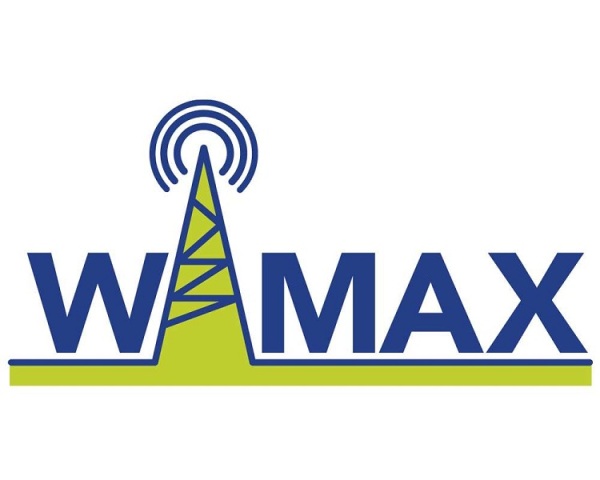WiMax is another revolution in the wireless broadband technology. Find out more about the WiMax technology and its prospects in India.
WiMax In India

Realizing the immense potential of WiMax technology, many private cellular and IT players are taking a leap, in order to cater to the emerging needs of the Indian markets. Leading the bandwagon is Intel, which aims at building wireless infrastructure in India, focusing mainly on rural areas. Following suit is Bharati Airtel, which intends to diversify its present broadband, fixed and cellular infrastructure in different parts of India, providing quality and affordable broadband data services to its customers.
See also
- Cameras | Computers | Gaming Devices | HTC Mobiles | How To Do | Internet | Ipods & MP3 Players | LG | Laptops | Mobile Phones
More from iloveindia.com
- Home Remedies | Ayurveda | Vastu | Yoga | Feng Shui | Tattoos | Fitness | Garden | Nutrition | Parenting | Bikes | Cars | Baby Care | Indian Weddings | Festivals | Party ideas | Horoscope 2015 | Pets | Finance | Figures of Speech | Hotels in India : Delhi | Hyderabad | Chennai | Mumbai | Kolkata | Bangalore | Ahmedabad | Jaipur
- Contact Us Careers Disclaimer Privacy Policy Advertise With Us Lifestyle Sitemap Copyright iloveindia.com. All Rights Reserved.

